
How to Tell Real Honey from Fake: The “Flip the Bottle” Test and Other Tips
You’ve probably seen plenty of honey bottles in stores, but distinguishing genuine honey from impostors can be surprisingly difficult. A Vietnamese lifestyle magazine explains that one quick method—flipping the bottle upside down—can help reveal whether the honey is real or fake. (Tap Chí Đời Sống) tapchinuocmy.com
According to that method, before opening the jar, you simply invert it and observe how the bubbles inside move. If many bubbles rapidly rise, the honey is likely more liquid and possibly adulterated. Authentic honey, by contrast, tends to have fewer bubbles rising more slowly, given its richer viscosity and natural structure. (Tap Chí Đời Sống) tapchinuocmy.com
However, while the “flip test” is clever and quick, it’s not foolproof. Below are expanded insights, scientific backing, and additional techniques to help you reliably choose real honey.
Why the “Flip Test” Works (Sometimes)
Honey’s viscosity—the thickness or resistance to flow—depends on its water content, pollen, and natural sugars. When you invert the bottle:
-
Fake or diluted honey may contain added syrups or water, which reduces viscosity. That causes bubbles to rise quickly when turned over.
-
Pure, dense honey typically allows air bubbles to form less vigorously, and they move upward slowly or in groups.
In the original article, they suggest that if you see lots of bubbles rising fast, that’s a warning sign the honey is not genuine. Conversely, a slower, sparse bubble ascent suggests a purer sample. (Tap Chí Đời Sống) tapchinuocmy.com
But be cautious: bubbles can also form if a jar was shaken or warmed. Temperature changes, jar shape, or small air pockets can influence bubble behavior too.
Additional Tests Widely Recommended by Experts
To supplement the flip test, here are more reliable techniques cited by food scientists, beekeepers, and consumer labs:
1. Water Transparency Test
Drop a teaspoon of the honey into a glass of water. Real honey tends to settle tightly and avoids dissolving immediately; fake honey may disperse or dissolve more rapidly. (University research on honey purity)
2. Flame Test
Dip a dried matchstick or twig in honey and attempt to light it. Real honey—low in moisture—can burn (or at least smolder). Fake honey with added moisture may sputter or fail to burn. (Beekeeping guidelines)
3. Crystalization Over Time
Unprocessed and authentic honey gradually crystallizes or thickens over time, especially in cool temperatures. If your honey remains perfectly liquid for extended periods (many months), it may be overly processed or diluted. (Journal of Food Science)
4. Pollen Content & Lab Analysis
Authentic raw honey contains pollen grains. Microscopic examination of honey can reveal pollen content, which is a key indicator in premium honey authentication. (Food chemistry journals)
5. Heat and Enzyme Tests
Heating honey strongly can destroy enzymes and change its color or aroma. Some labs test for the presence of marker enzymes or compounds (such as diastase or hydroxymethylfurfural, HMF) to distinguish fresh, raw honey from compensations. (International honey standards literature)
Caveats & Practical Advice
-
No single test is perfect. Combining several (e.g. flip + water + crystalization) gives you a better chance of spotting fakes.
-
Be wary of super cheap honey — price that seems too good often correlates with adulteration.
-
Buy from reliable sources: trusted beekeepers, verified local producers, or honey with lab certification.
-
Store honey properly (cool, dry environment, tightly sealed) — good storage helps prevent fermentation, spoilage, or moisture absorption.
-
If you rely on honey for its purported health benefits (antioxidant, antimicrobial properties), genuine raw honey is generally superior to heat-processed or heavily blended versions.
News in the same category


Woman sued weatherman for $1,000 after he made the wrong weather prediction

Malia Obama Directs A’ja Wilson’s New Nike Commercial & It’s a Beautiful Love Letter to Black Girls

Maya Angelou Becomes First Black Woman To Appear On Quarter

Denzel Washington & A$AP Rocky Shine in Trailer for Spike Lee’s New Crime Thriller ‘Highest 2 Lowest’

Cindy Crusto Makes History As First Black Woman Professor In Yale Psychiatry History
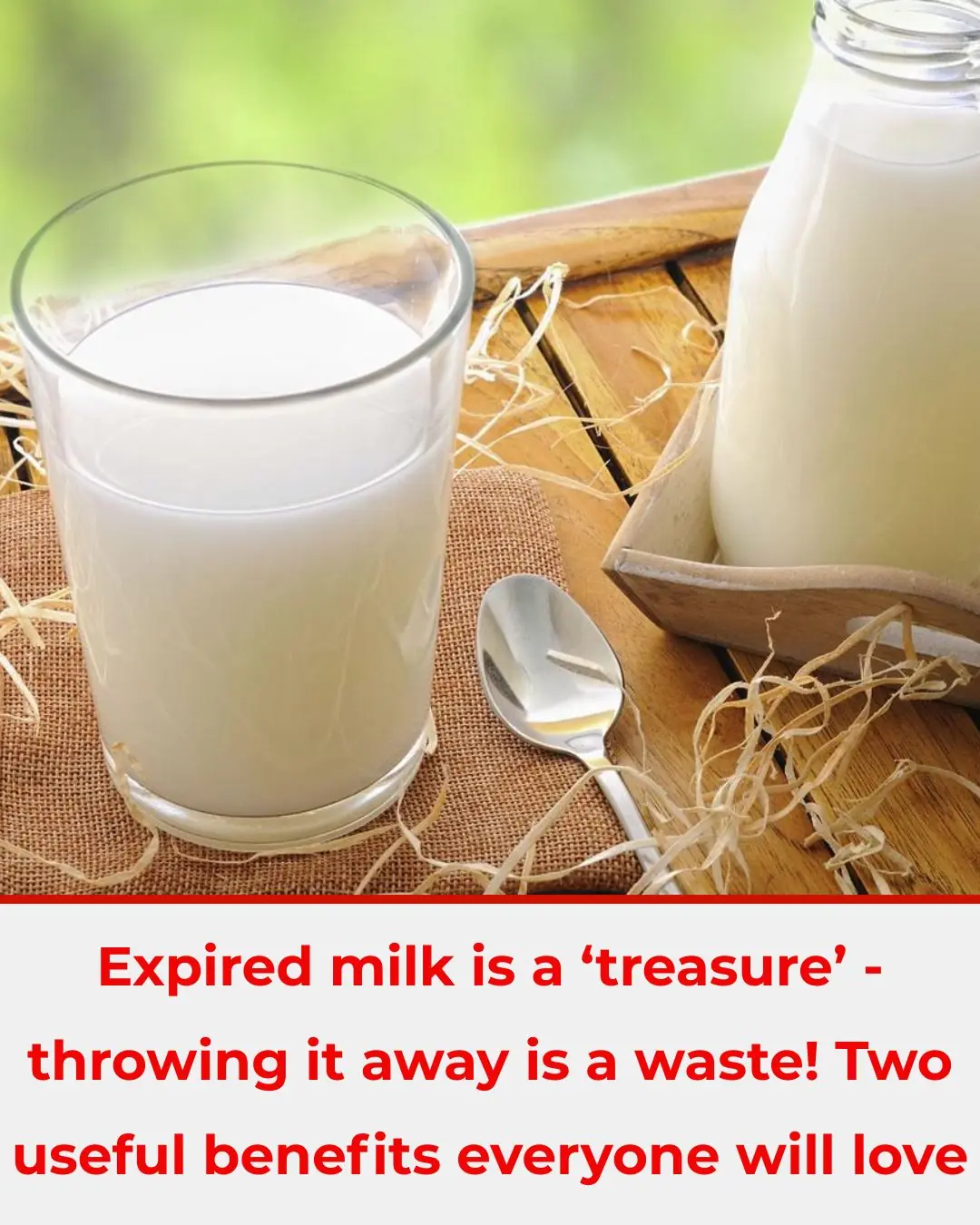
Expired Milk Isn’t Just Waste — 2 Useful Ways to Reuse It (If It’s Not Spoiled)

Sheila Brown Becomes The First Black Woman To Own A Radio Station In Buffalo, New York

Deion Sanders Delivers a Beautiful Mother’s Day Tribute to His Mom, Ms. Connie Knight

‘Never Seen Stephen A. Smith Look So Scared’: Serena’s Husband Pulls Up to Stephen A. Smith’s Workplace to Confront Him Following ESPN Host’s Comments About Tennis Star
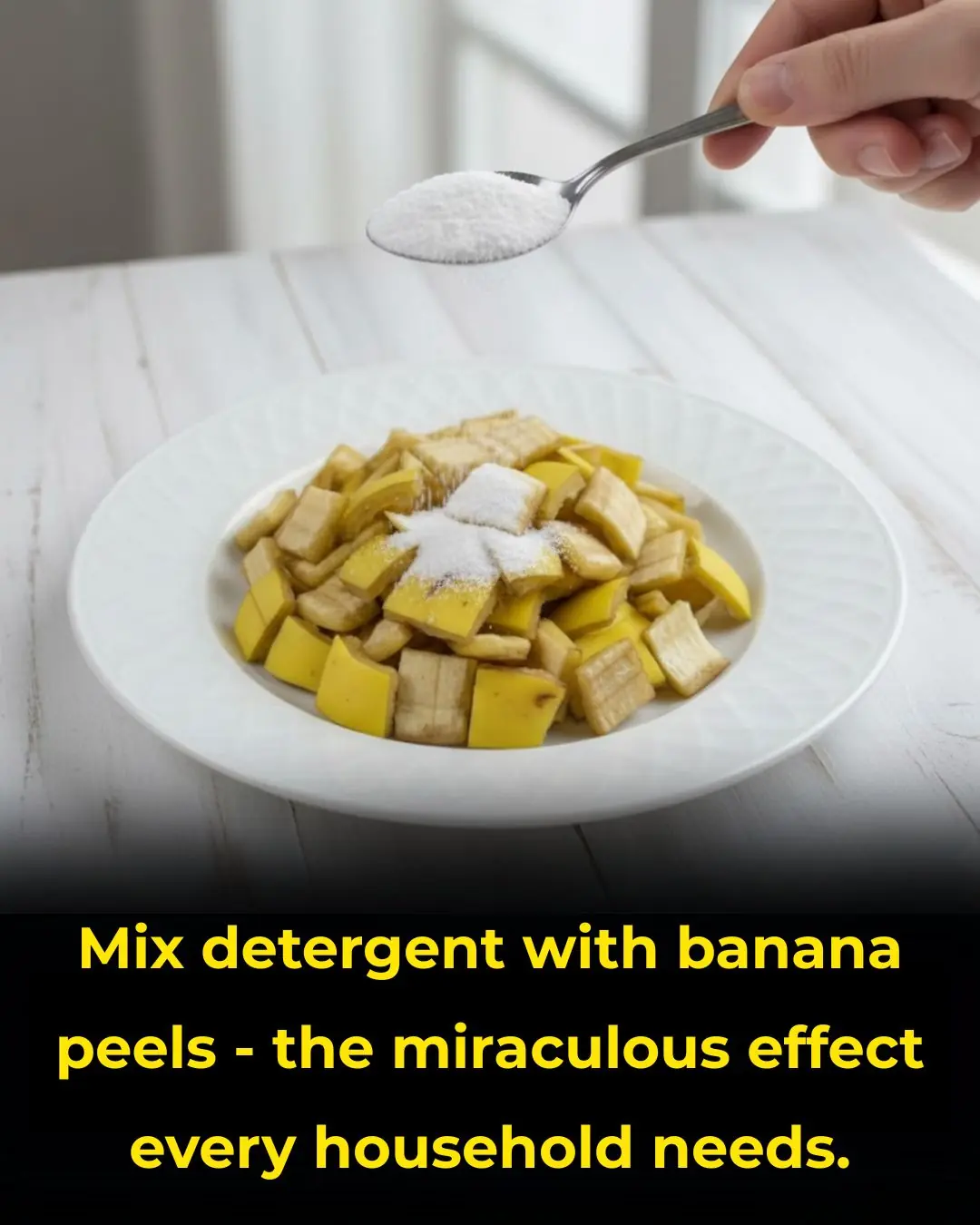
Mixing Banana Peels with Laundry Detergent — What It Claimsto Do (And What to Watch Out For)
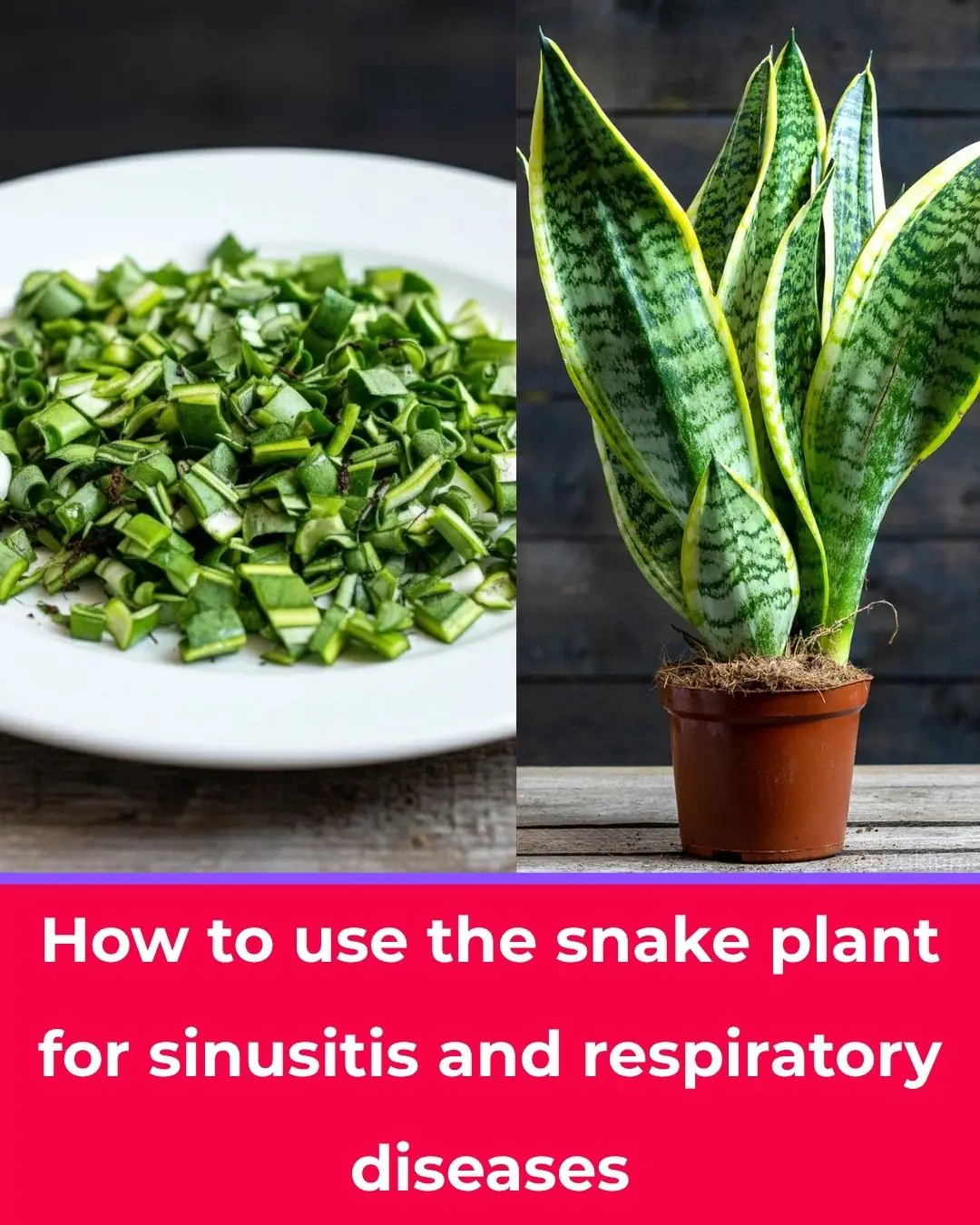
How to Use Snake Plant (Sansevieria) for Sinusitis and Other Respiratory Conditions
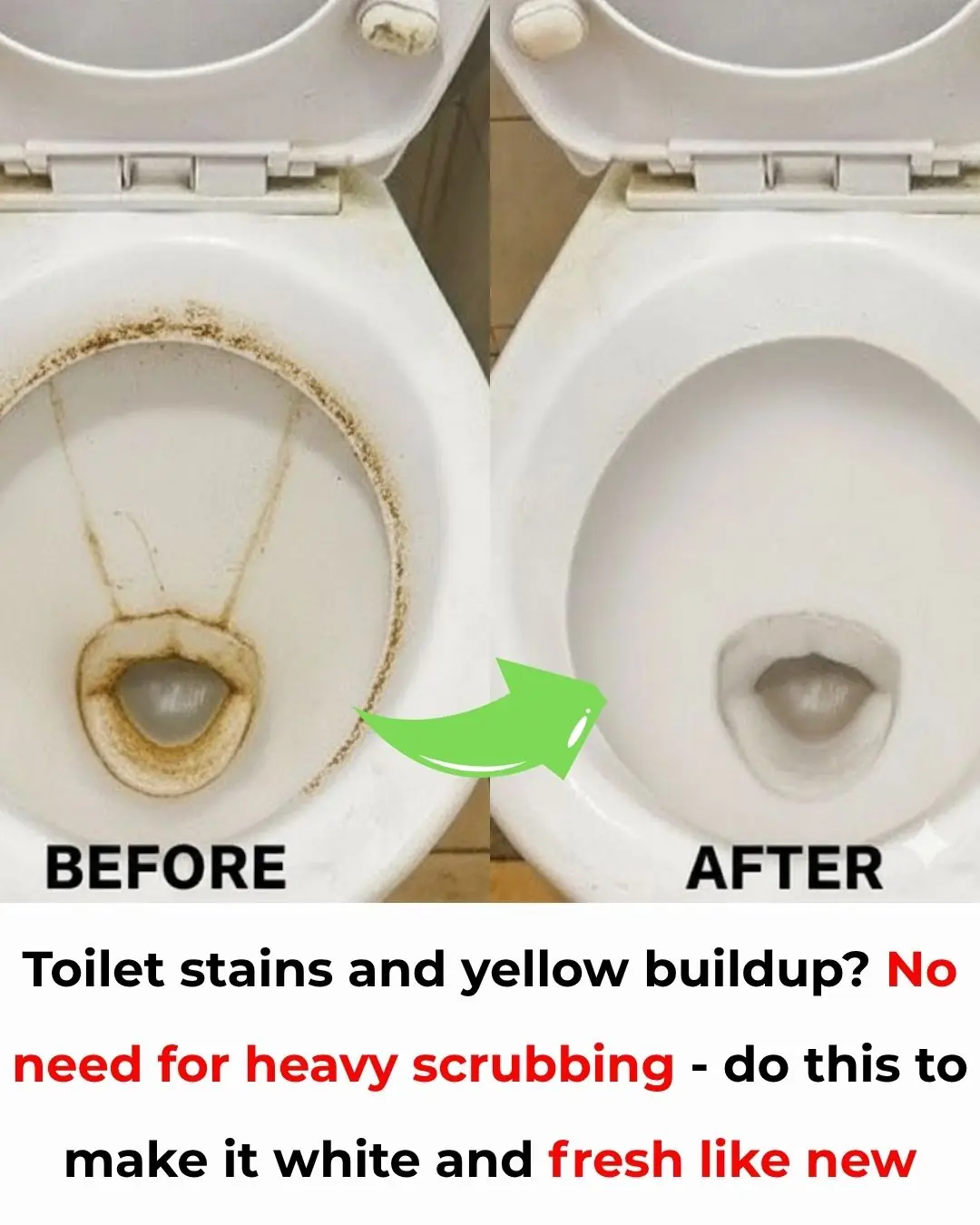
Toilet Bowl Covered in Yellow Stains? You Don’t Need to Scrub Hard — Use These Simple Tricks to Make It Sparkling Again
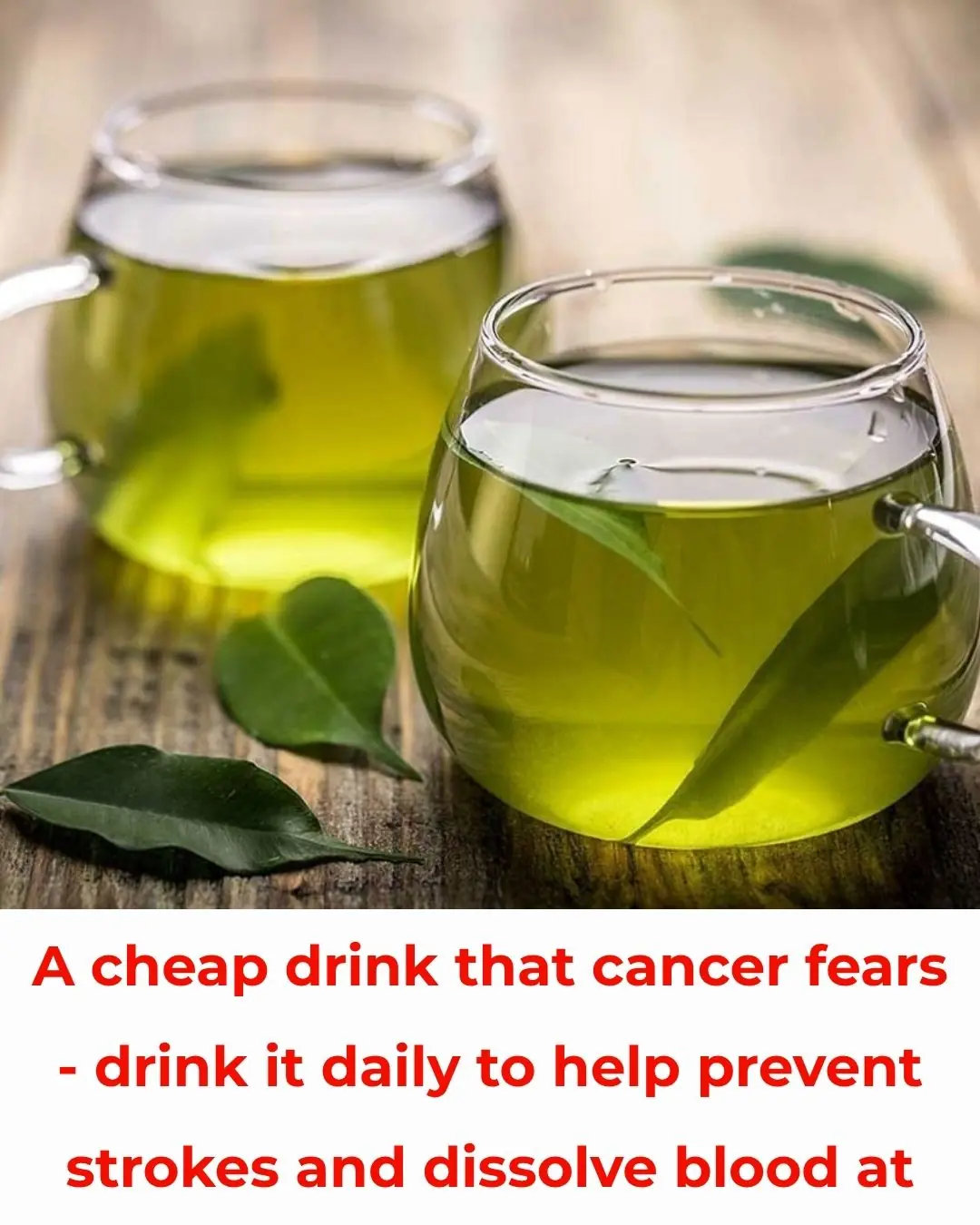
Cancer “Fears” Cheap Drink — Daily Habit May Help Prevent Stroke, Lower Blood Fat, Reduce Cancer Risk
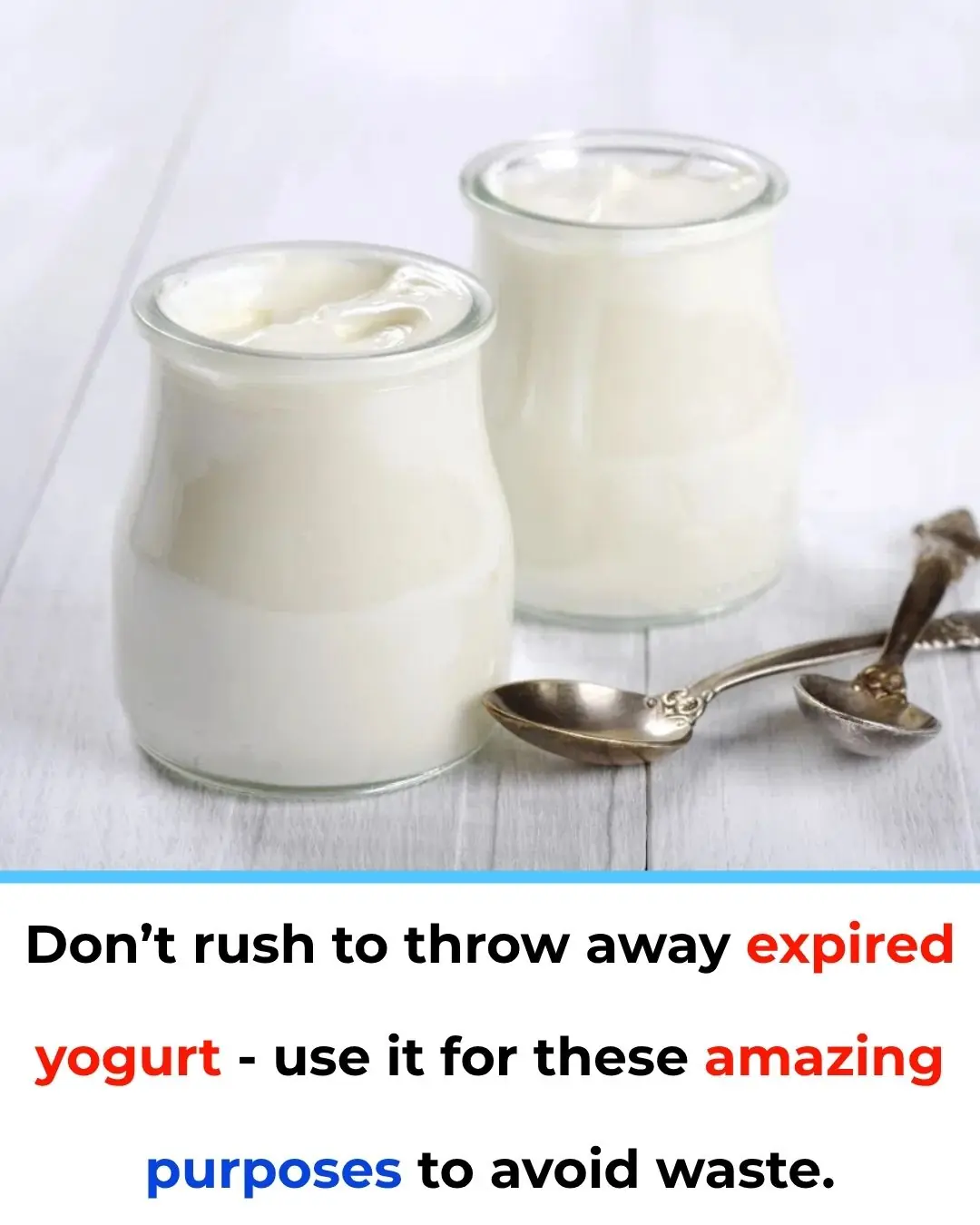
What to Do with Yogurt Past Its Expiration — 4 Creative Uses (If It’s Still Good)
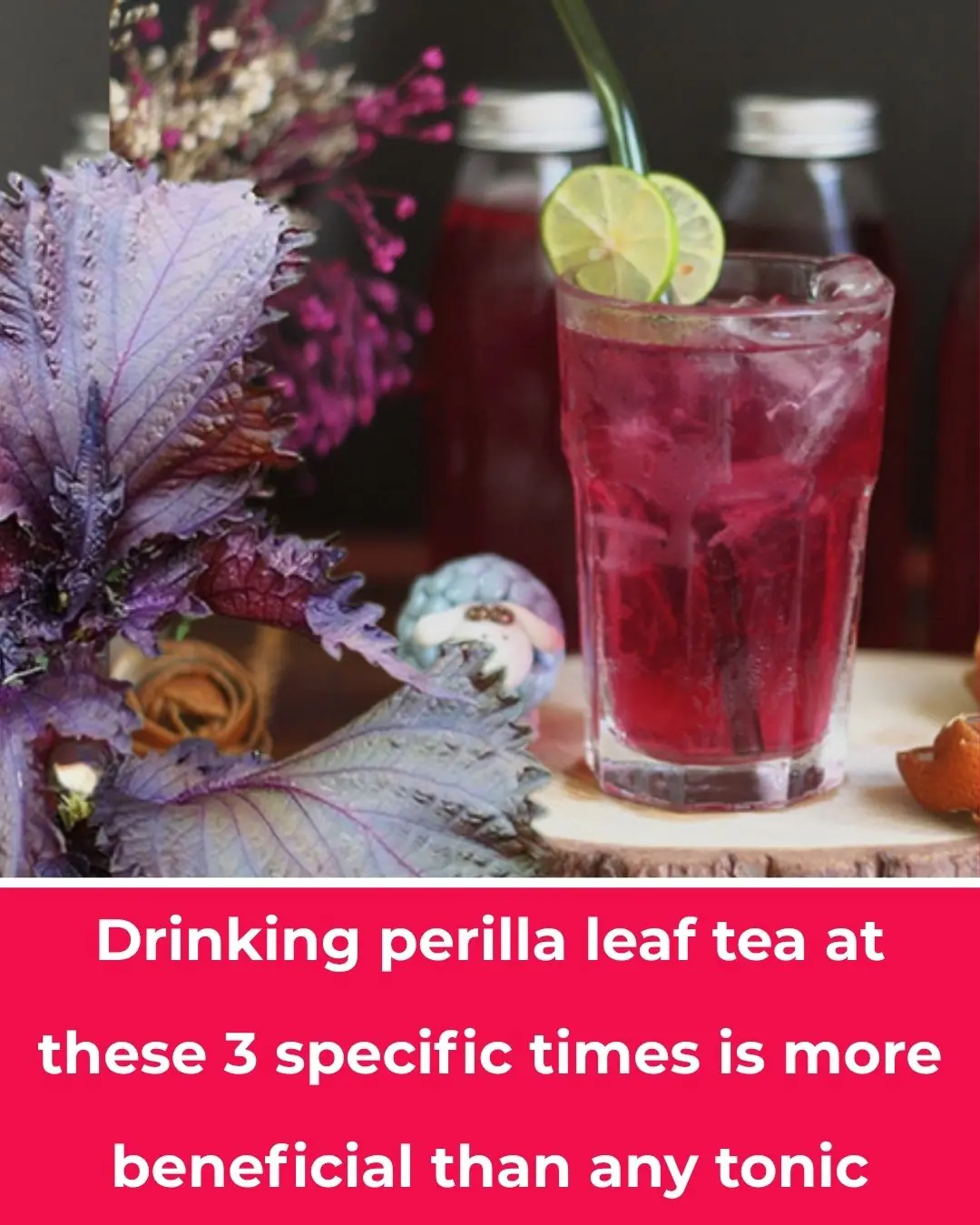
The 3 Best Times to Drink Perilla Leaf (Shiso) Water — and What Science Says
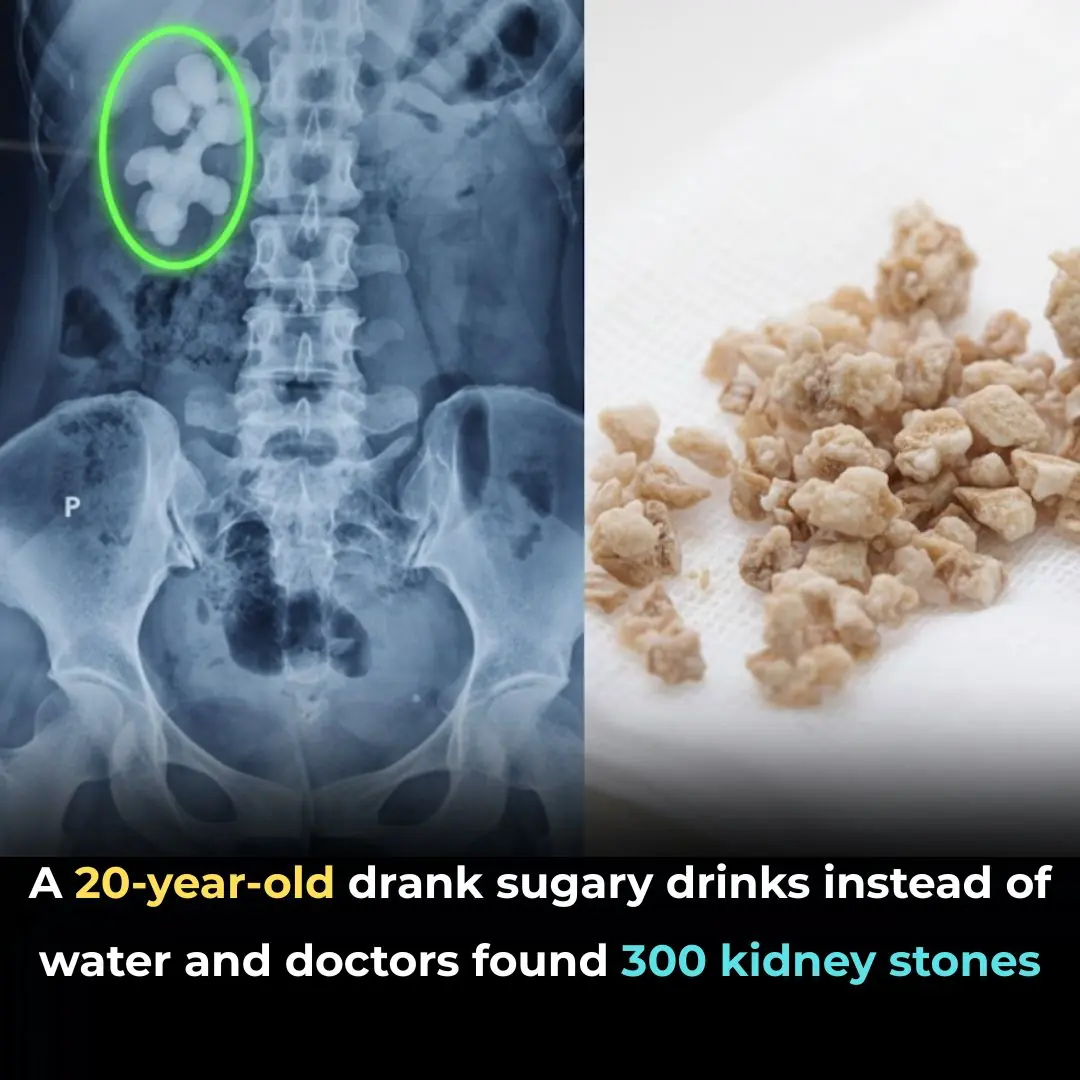
Woman in Taiwan Found With 300 Kidney Stones After Years of Drinking Bubble Tea

Priest who 'died and went to hell' after heart attack reveals what he really saw

Donald Trump warns he could use centuries-old act to send military to specific US states
News Post

The Man Who Remembers Hunger: Why One Act of Kindness Matters.

The Little Elephant Who Was Born Different: A Pink Calf in the Wild

When Love Has No Address: A Man and His Dogs

A Boy, a Soldier, and an Umbrella: A Timeless Gesture of Respect
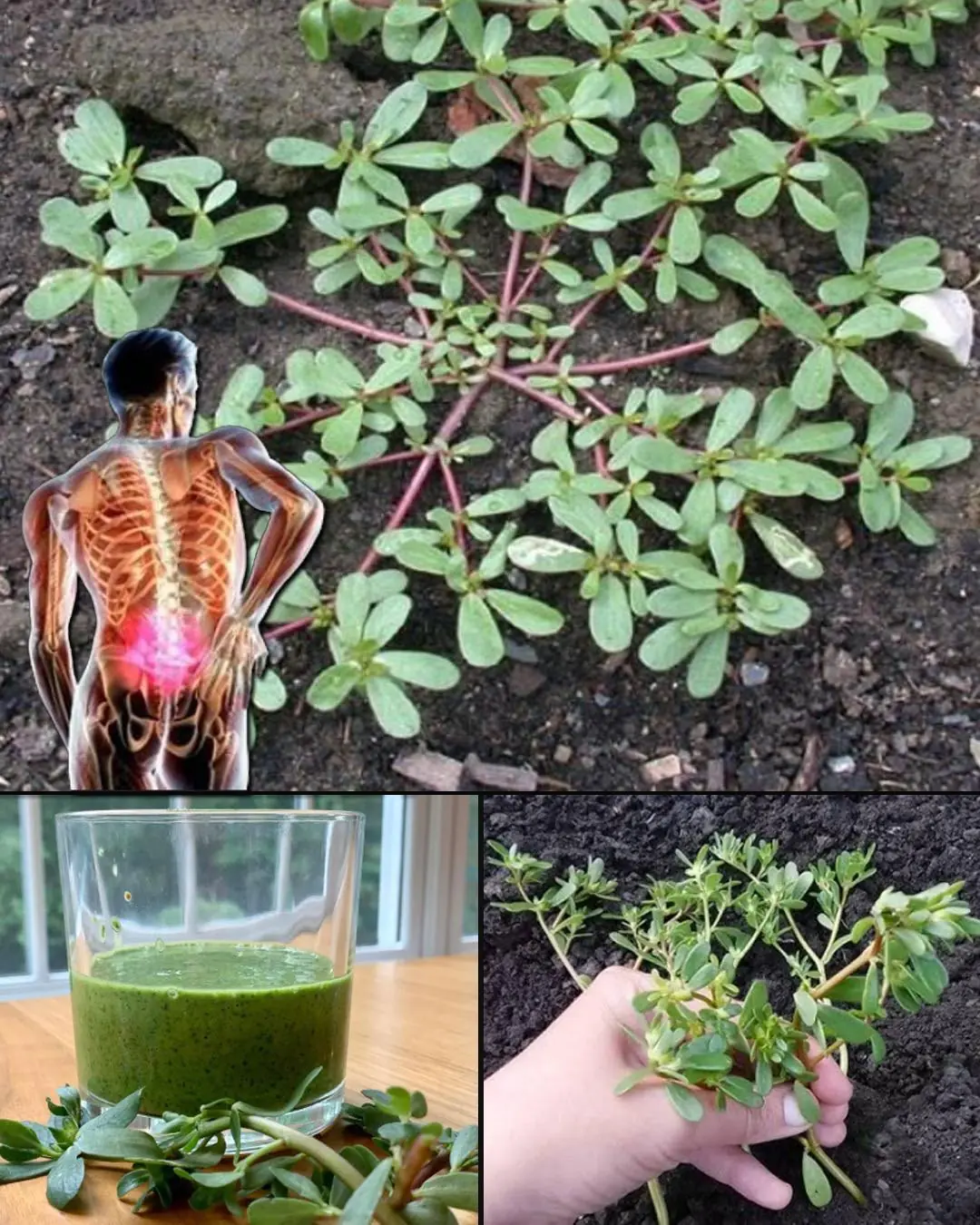
Purslane: The Superfood That Tastes Better Than Meat – 7 Reasons to Grow It in Your Garden
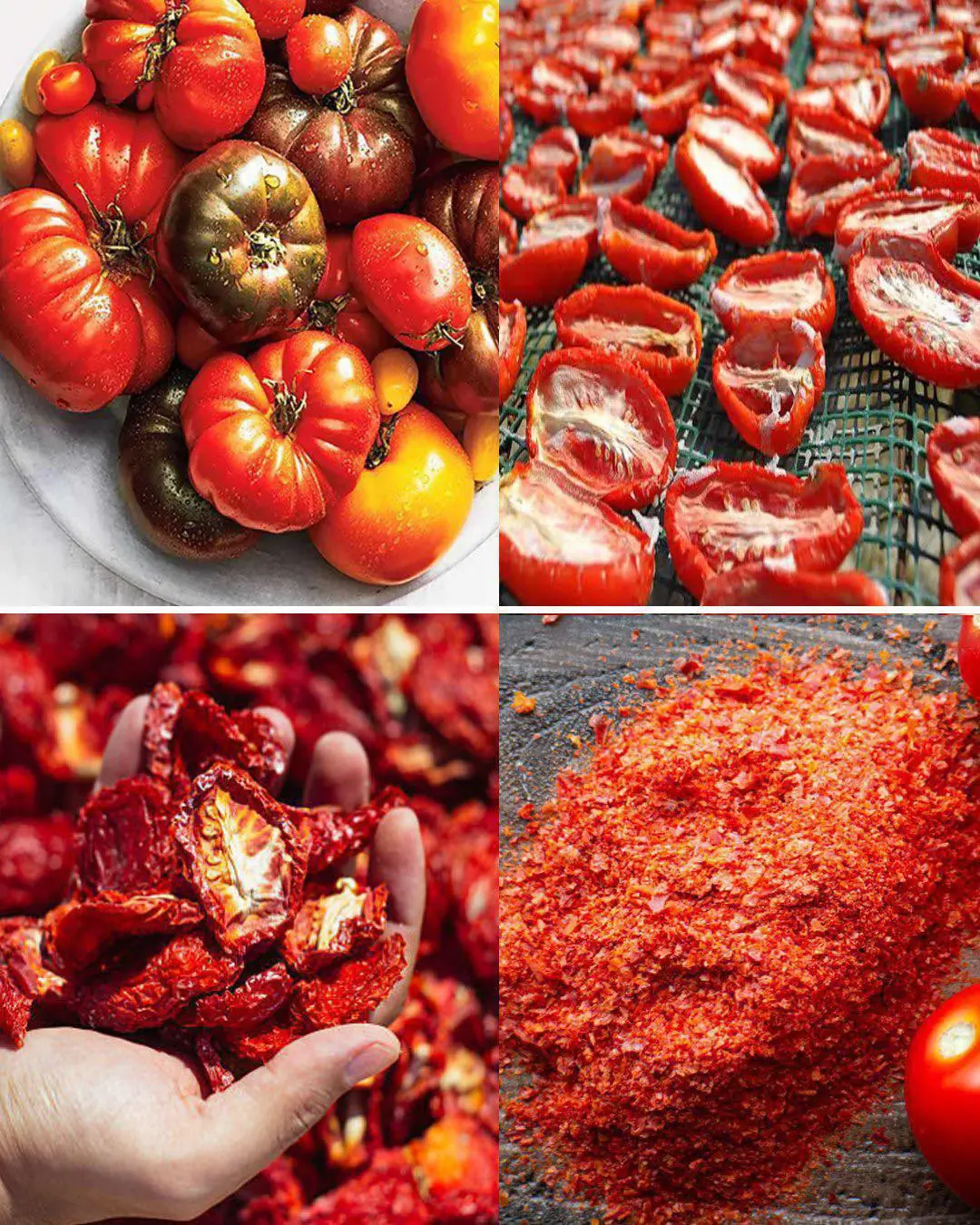
Don't Throw Old Tomatoes in the Trash.Turn them into flavorful tomato powder.
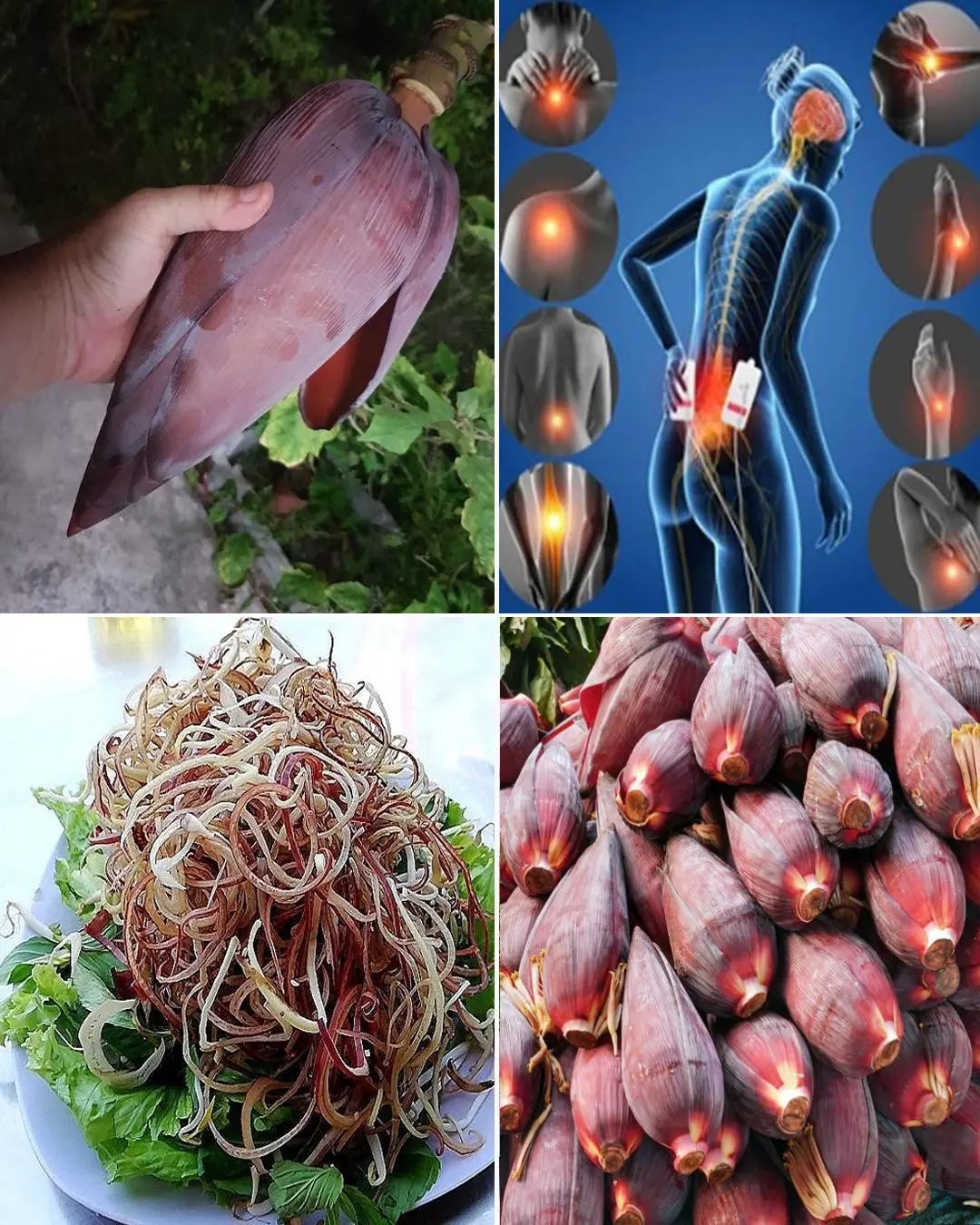
Banana Blossom: Health Benefits, Recipes, and Uses
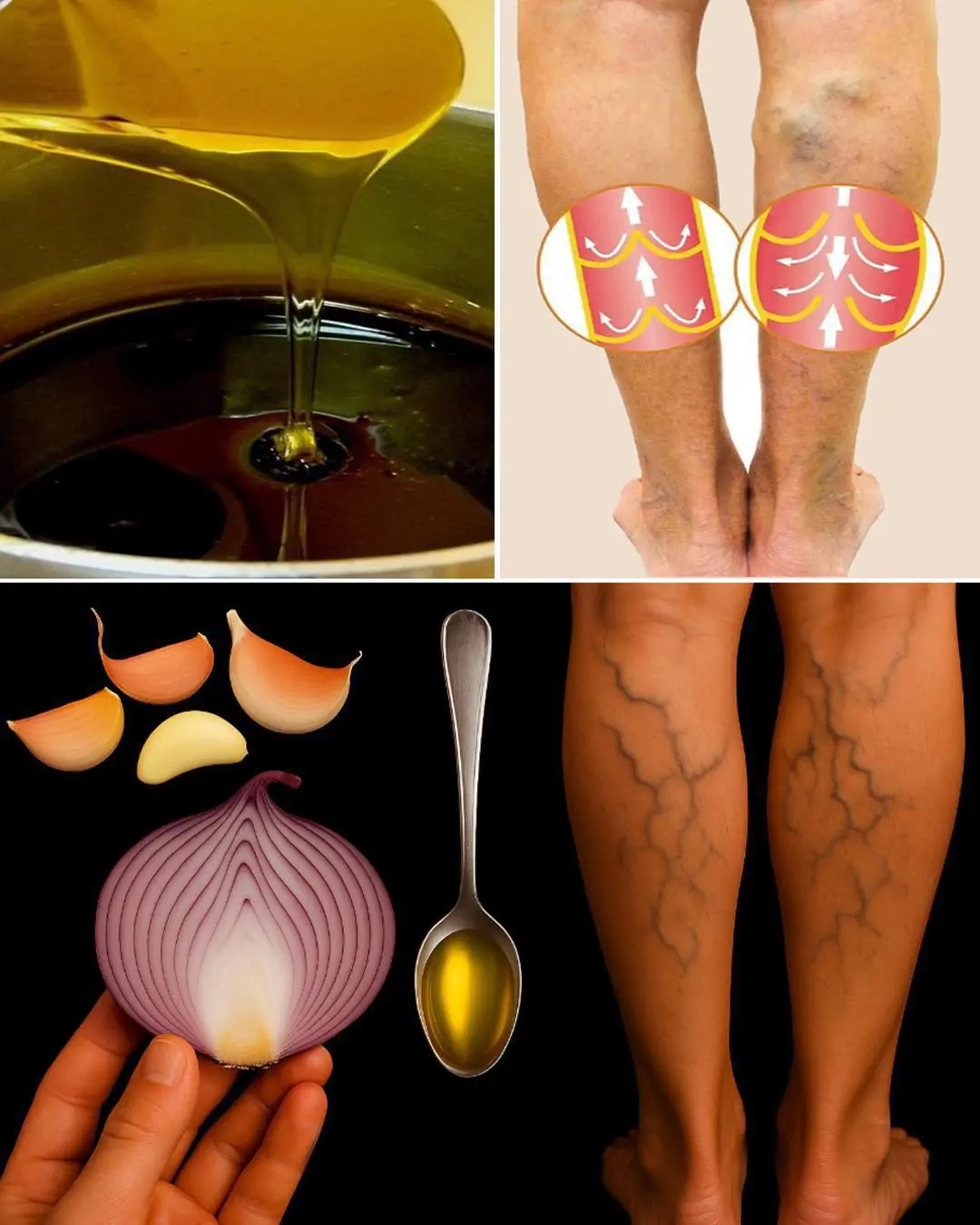
Onion, Garlic, and Olive Oil Remedy for Varicose Veins: Natural Treatment and Benefits

The Photo of the Year: A Glimpse of Courage the World Must Not Forget
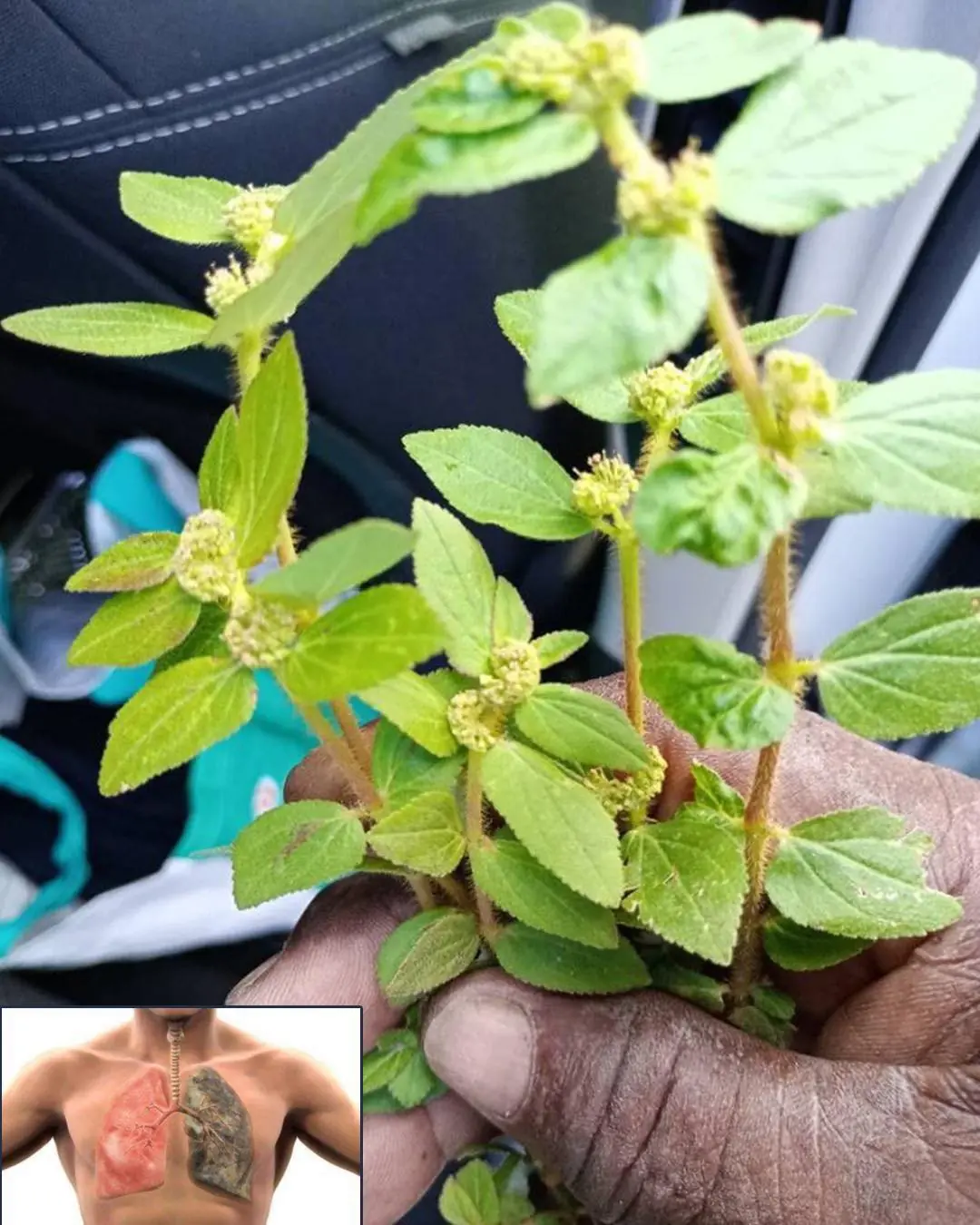
7 Surprising Benefits of Euphorbia Hirta
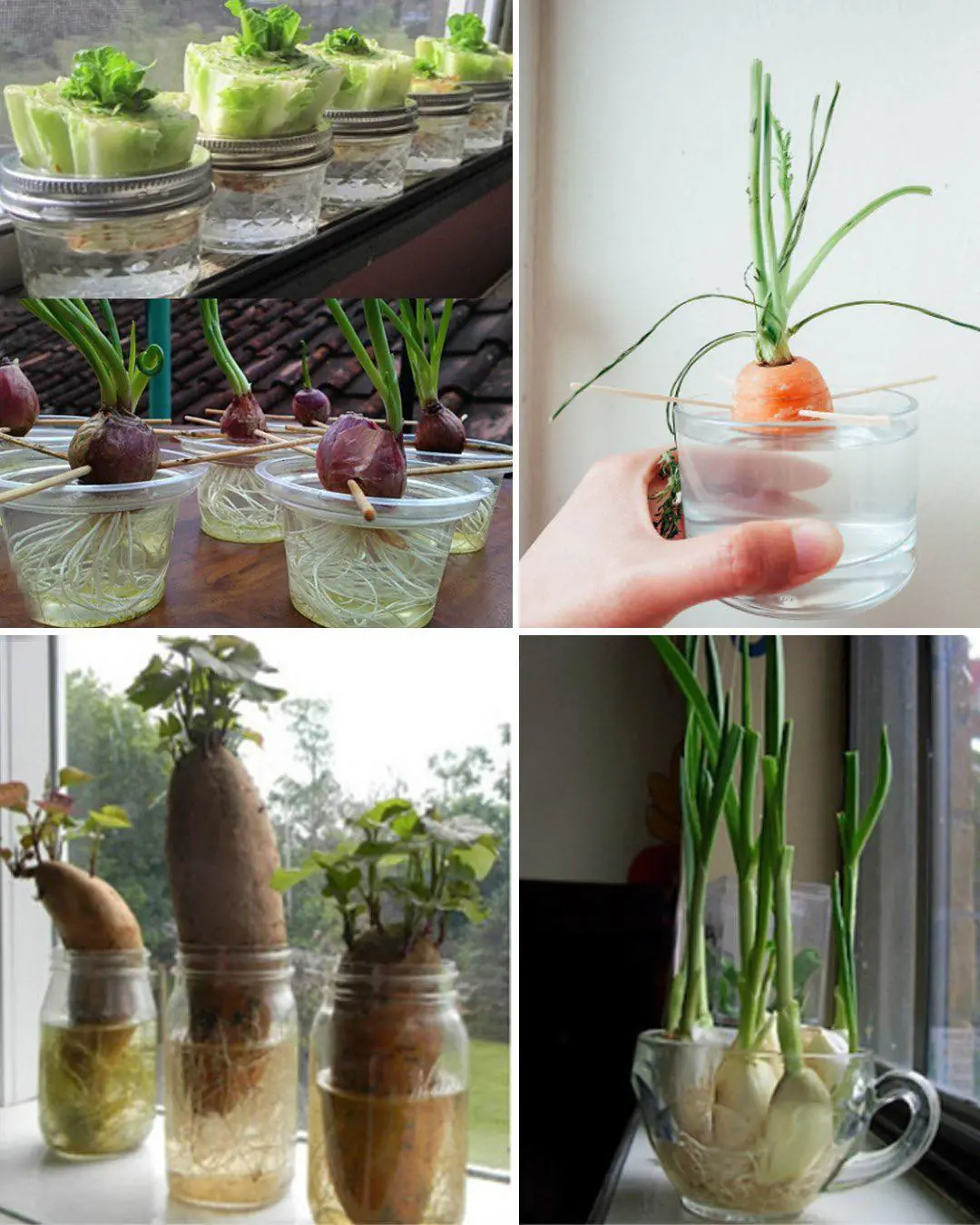
How to Regrow Food in Water: 10 Foods that Regrow Without Dirt

Firefighters Save Trapped Fawn from Storm Drain, Reuniting It with Nature
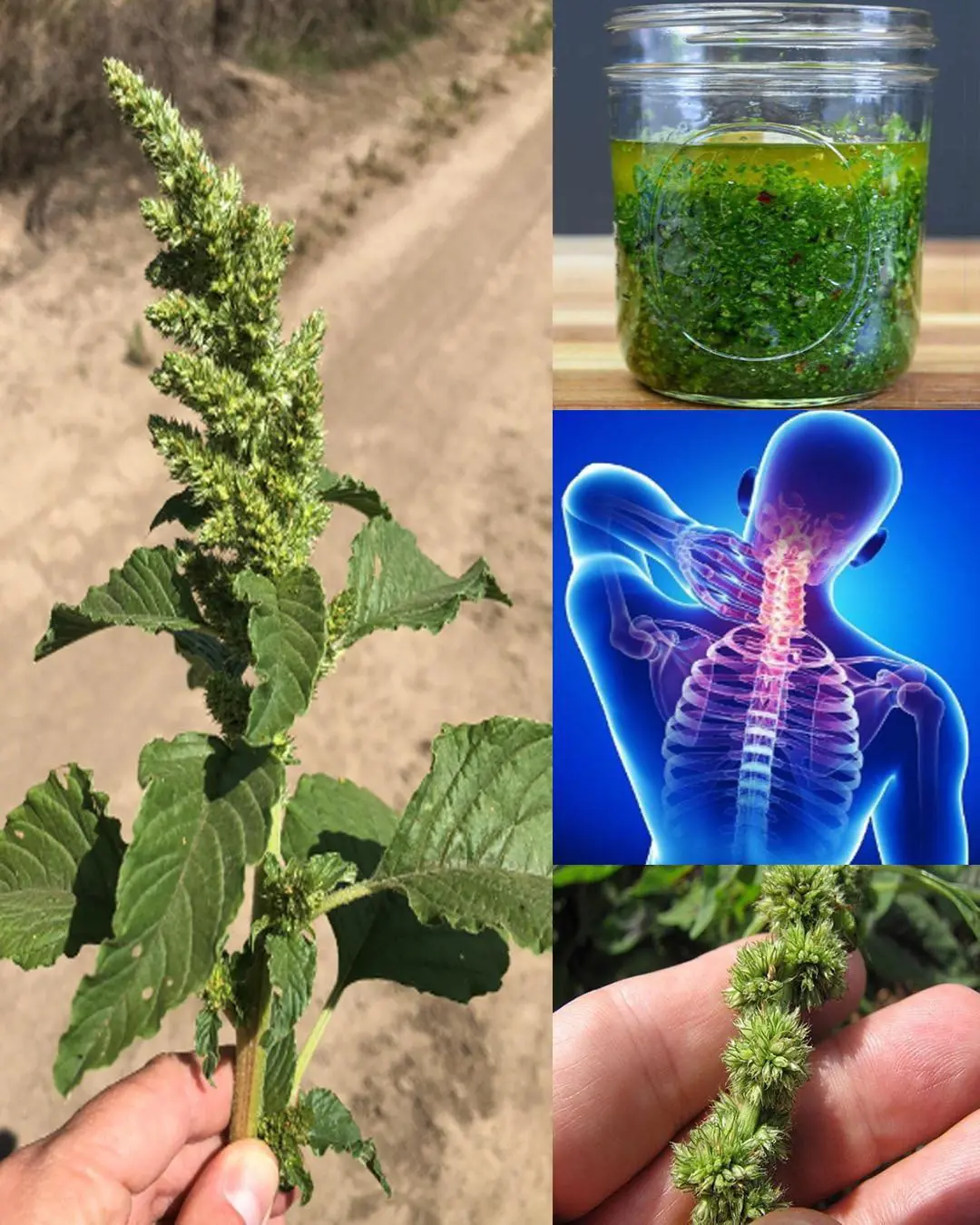
10 benefits of pigweed
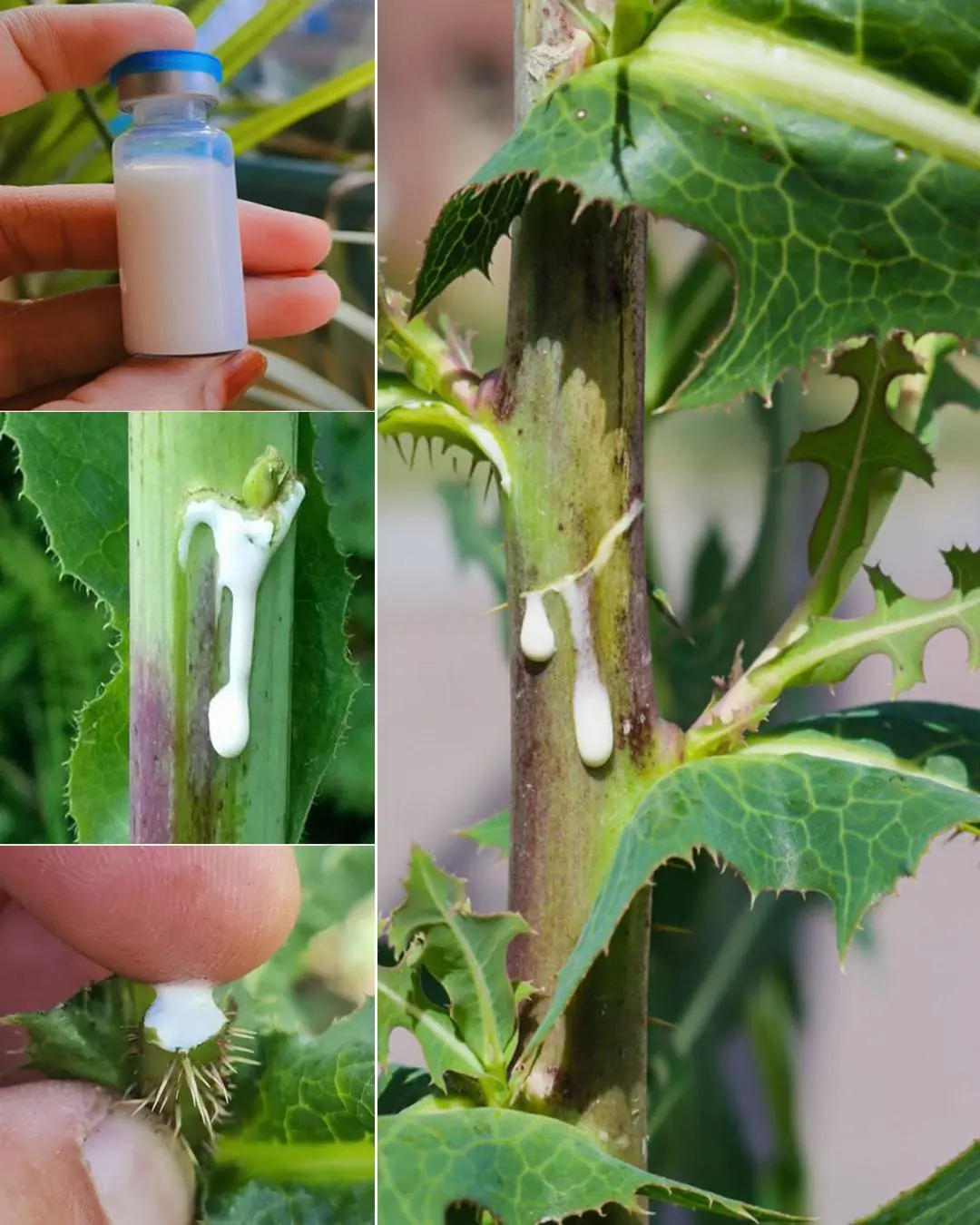
Wild Lettuce Sap: Benefits and Uses

When “Just a Dog” Becomes the Difference Between Life and Death

Teddy’s Hug: A Rescue Story of Unbreakable Love
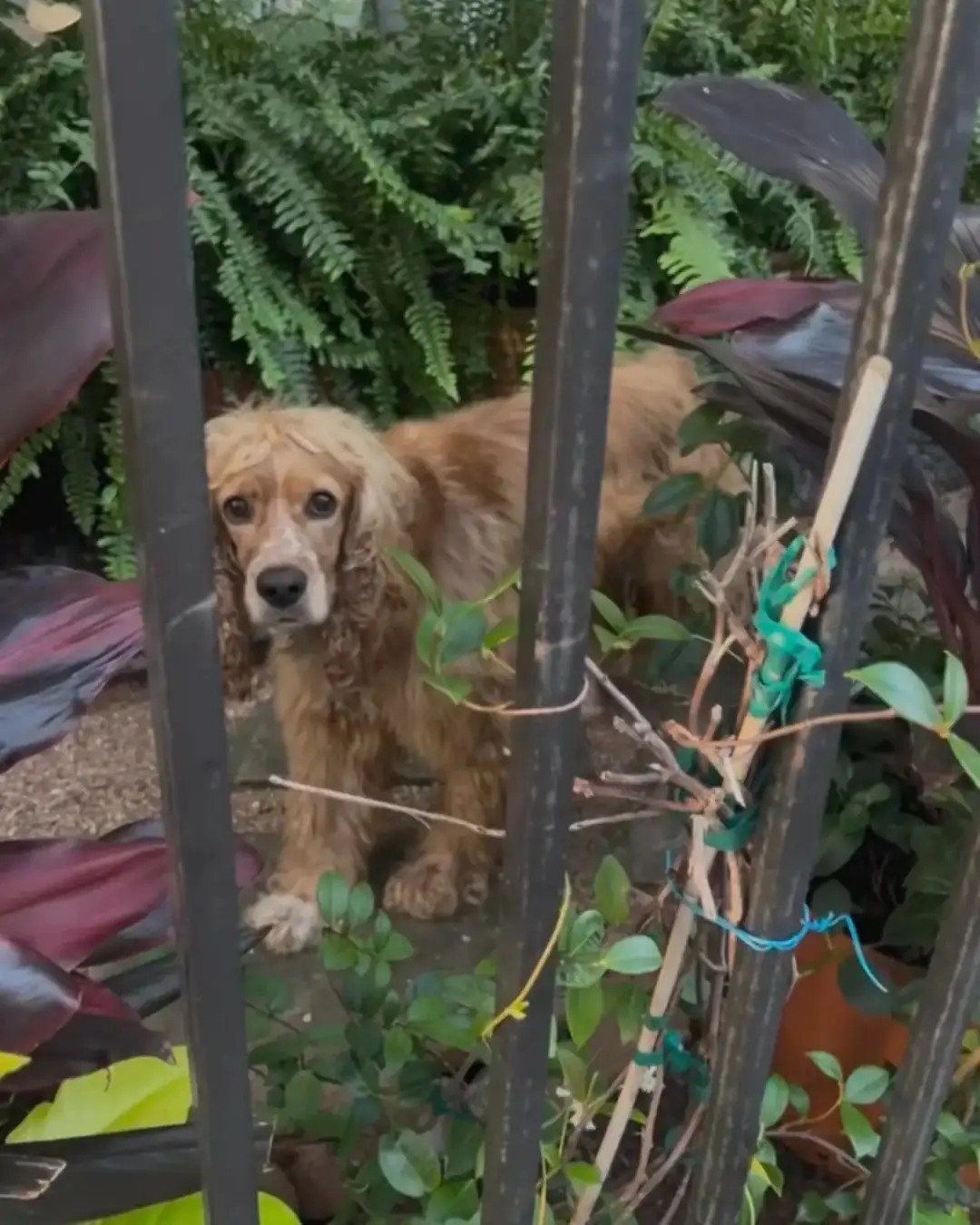
Benny’s Redemption: A Journey from Loneliness to Love

Man has stroke after bathing right after meal: 3 mistakes you shouldn’t make

Redemption in Yarn and Paws: How a Cat Gave My Brother Back His Life
